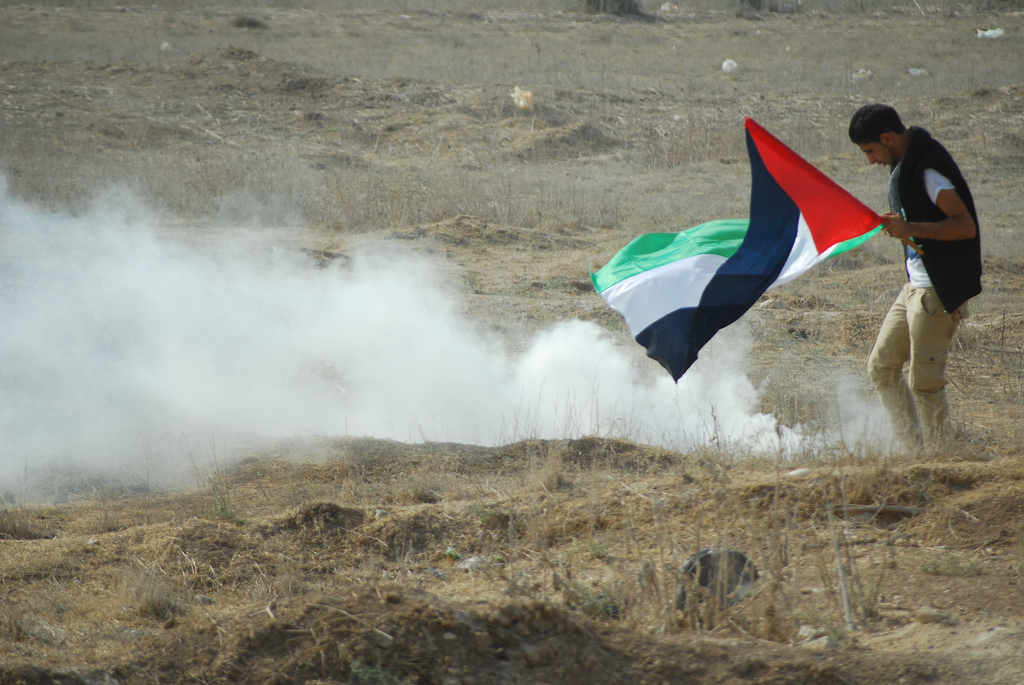Year: 2013
-
Photos: Released detainees celebrate new freedom with supporters in Gaza Strip
2nd November 2013 | International Solidarity Movement, Gaza Team | Gaza, Occupied Palestine Five former Palestinian detainees freed overnight Wednesday in the Gaza Strip have received a resounding welcome. Their families have erected celebration tents outside each of their homes to receive supporters and delegations. On Thursday afternoon, an overflowing bus carried several dozen well-wishers…
-
Photos: Gaza march on eve of Balfour anniversary met with Israeli tear gas
2nd November 2013 | International Solidarity Movement, Gaza Team | Gaza, Occupied Palestine Israeli forces fired tear gas to disperse a march in the “buffer zone” east of Gaza City, by the Nahal Oz checkpoint, on Friday afternoon. The demonstration, which began at Shujaya square in the city after Friday prayers, was organized by the…
-
Three Palestinians injured by Israeli forces during weekly protest in Bil’in.
1st November 2013 | FFJ media center | Bil’in, Palestine This Friday, October the 1st, Bil’in’s weekly peaceful demonstration has once again been a violent demonstration from the Israeli state, while live ammunition and huge quantities of tear gas have been shot. Ahmaed Bornat (21 years old) was injured today by .22 bullet in his…



